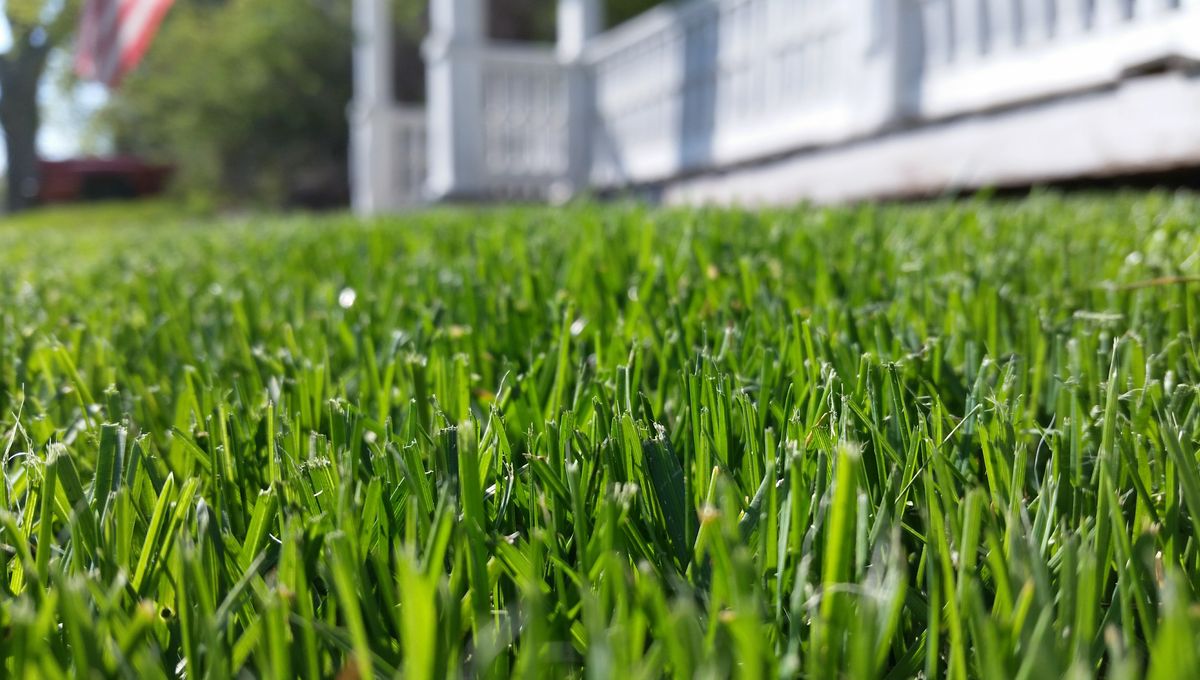
When you wander through your local neighborhood or out in the suburbs, how much attention are you paying to the green spaces within? While neat front lawns might look aesthetically pleasing, new research suggests that there is a much more dangerous side to these perfectly preened green rectangles than meets the eye.
Grass lawns cover a significant part of residential landscapes, and provide benefits both for human health and wellbeing as well as environmental services. However, the grass is not necessarily greener on the other side. Multiple surveys conducted during a new study have revealed that around half of US homeowners used fertilizer on their lawns and many also lacked knowledge about the negative consequences of nitrogen fertilizer use.
While maintaining a lush, healthy, and green lawn seemed to be the end goal for the majority, many homeowners (around 60 percent) seemed unaware of the negative impacts of this type of fertilizer use. Nitrogen from lawn fertilizers can end up in the waterways and cause damage to the ecosystem, including algal blooms and deoxygenated waters. The United Nations Environment Programme strongly recommends limiting nitrogen pollution where possible due to the negative effects on both human health and climate change.
In the Baltimore, Maryland metropolitan area, which drains to the Chesapeake Bay, the team wanted to identify the suburban locations, known as “hotspots”, that were disproportionately affecting the nitrogen runoff in the area. In a similar manner, they also looked for “hot moments”, times when there were higher rates of nitrogen runoff.
To do this, the team went to three different lawn settings, in exurban, suburban, and college campus areas, and measured the nitrogen export from these locations during a simulated rainfall event. Their findings revealed that all of the areas with the biggest runoff or nitrogen export – the hotspots – came from places with fertilized lawns.
There was interest from those surveyed in changing lawns to have features that reduced nitrogen runoff, particularly if the conversions were subsidized and made easy for the homeowners. Some survey respondents were even interested in restrictions on fertilizers, including those who had used them on their own lawns.
The team believes that changing just 5 to 10 percent of suburban lawns could have a major impact on levels of nitrogen runoff. Other suggestions include using the fall leaves as a natural mulch rather than introducing nitrogen fertilizer in the first place, as well as taking just nine easy steps to improve biodiversity in gardens.
The study is published in PNAS Nexus.
Source Link: There’s A Dark Side To Keeping Your Lawn Lush And Green